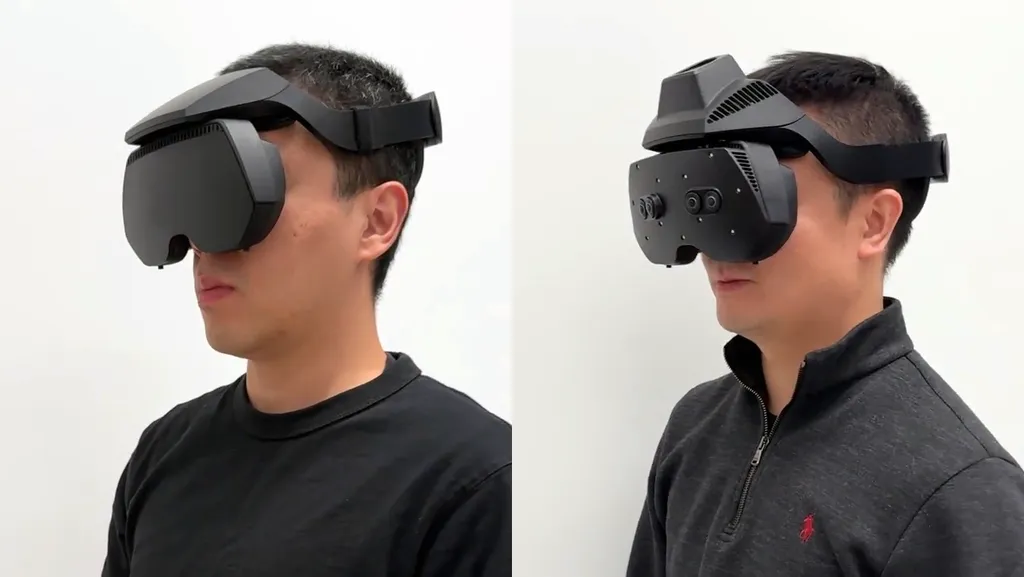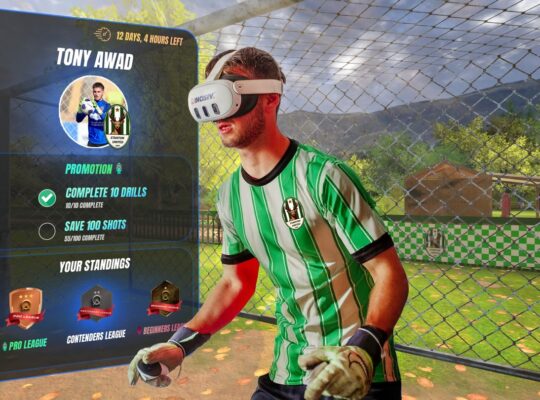Meta’s Reality Labs is pushing the boundaries of virtual and mixed reality once again. Ahead of SIGGRAPH 2025, the company has revealed two cutting-edge research prototype headsets that boast an ultra-wide field of view — all while maintaining a form factor similar to current consumer VR devices like the Meta Quest series.
A Leap Towards Human-Like Vision in VR
The Display Systems Research (DSR) team, part of Meta’s Reality Labs, recently published an abstract for its upcoming paper, “Wide Field-of-View Mixed Reality.” This research explores how to deliver immersive, ultra-wide visual experiences without compromising headset design — a major challenge that has long plagued VR manufacturers.
The new prototypes achieve a 180° horizontal by 120° vertical field of view, coming closer than ever to natural human vision, which is approximately 200° × 135°. For comparison, the Meta Quest 3 offers less than 110° × 96°, while the Quest 3S is limited to 96° × 96°. This breakthrough marks a significant leap forward in immersion and realism for VR users.
The Technology Behind the Breakthrough
Meta’s engineers attribute this achievement to “a custom optical design leveraging high-curvature reflective polarizers.” The mixed reality variant of the headset further impresses with custom cameras capable of capturing over 80 megapixels at 60 frames per second, enabling sharp, high-quality passthrough MR experiences.
While Meta CTO Andrew Bosworth has previously argued that ultra-wide fields of view come with trade-offs in weight, form factor, compute power, and thermals, these prototypes seem to sidestep the bulky designs of earlier attempts — including Bosworth’s own 210° prototype revealed in October 2024 and the notoriously large Pimax headsets.
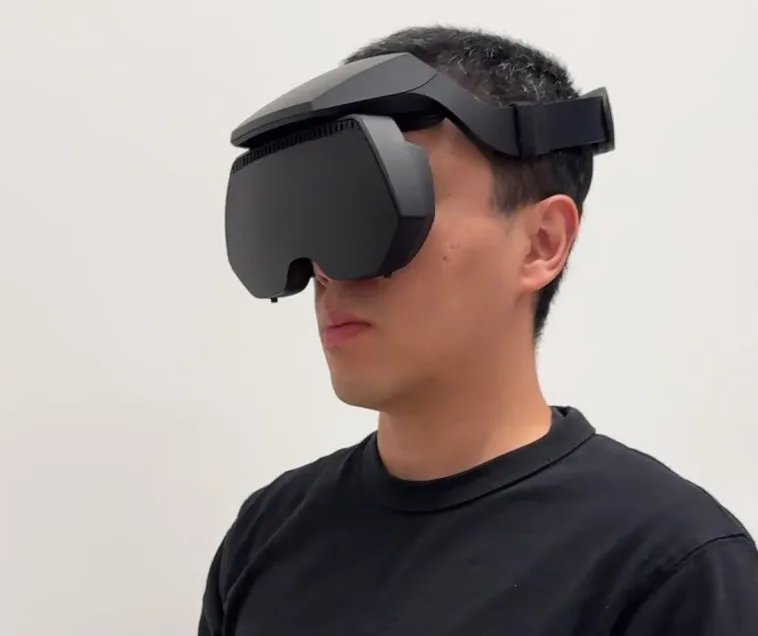
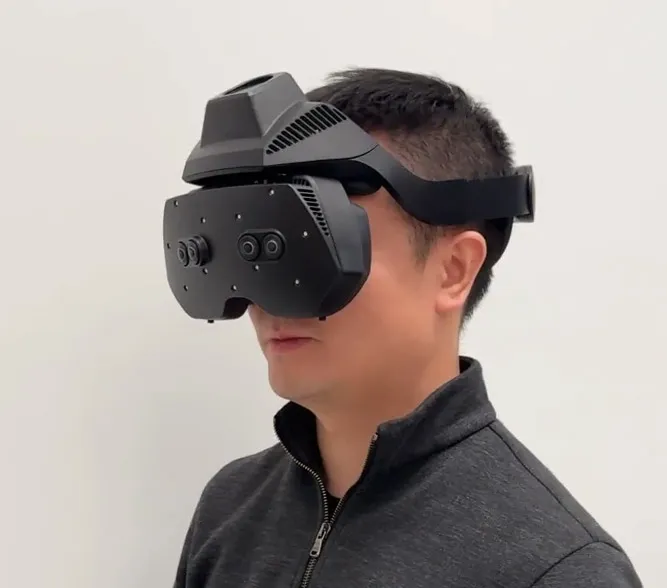
A Look Back: Meta’s Prototype Journey
Meta’s DSR team has a history of revealing game-changing prototypes. Back in 2018, they unveiled the Half-Dome headset, which featured a 140° field of view alongside varifocal optics. Over time, the team shifted focus to smaller form factors with the Half-Dome 2 and 3 models, the latter introducing an electronic varifocal system with no moving parts.
Until recently, wide field-of-view headsets were absent from Meta’s research showcases. The return of this concept with a refined and compact design signals that Meta may be closer than ever to cracking the code for next-generation VR displays.
Hyperrealistic VR: A Second Major Milestone
In addition to the wide FOV prototypes, the DSR team also announced a second paper titled “Hyperrealistic VR: A 90-PPD, 1400-Nit, High-Contrast Headset.” As the name suggests, this prototype combines above-retinal resolution, high brightness, and high contrast to create some of the most lifelike VR visuals ever demonstrated.
This aligns with Meta’s broader goal of passing the “Visual Turing Test” — creating VR experiences so realistic that users can’t distinguish between wearing a headset and seeing the real world.
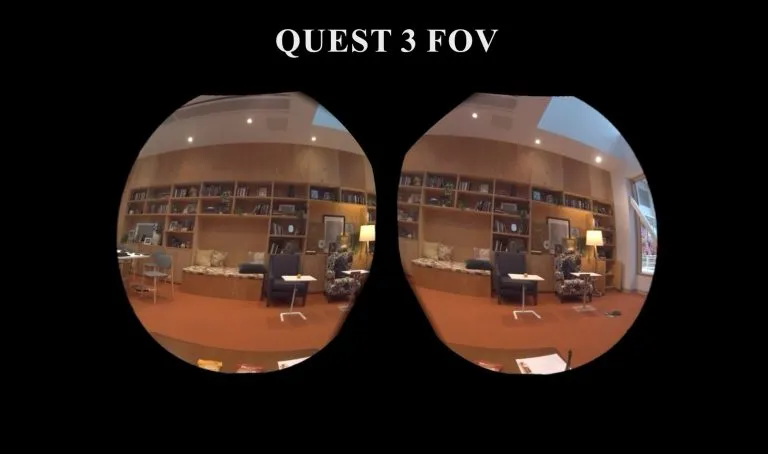
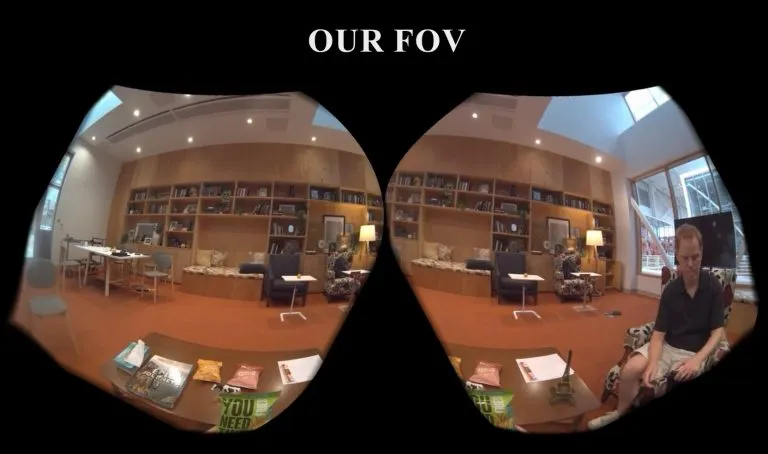
What’s Next?
Meta VR prototypes, ultra-wide field of view headset, SIGGRAPH 2025, Meta Reality Labs, VR research, Hyperrealistic VR headset, Meta DSR, Meta Quest field of view, VR technology 2025.All three prototypes — the two ultra-wide headsets and the hyperrealistic VR headset — will be publicly showcased at SIGGRAPH 2025, taking place in Vancouver this August. The full research paper for “Wide Field-of-View Mixed Reality” is set to be published on August 9, just before the conference kicks off.
Meta’s track record at SIGGRAPH includes several major advancements, such as high-brightness HDR (2022) and retinal varifocal visuals with reprojection-free passthrough (2023). Although 2024 saw no new demos, 2025 is shaping up to be a pivotal year for VR innovation.


